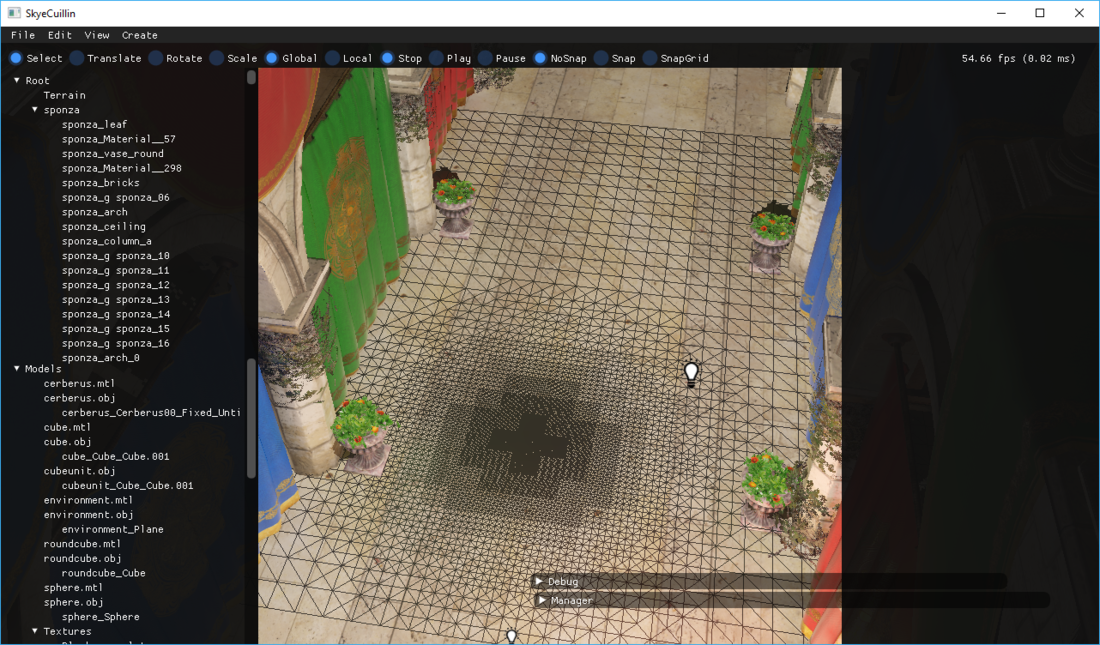Hi everybody!
I've been pondering lately about how to LOD heightmap uniform grid terrains. Many games that published talks about their heightmap terrain rendering (Far Cry 4, 5, Witcher 3, ...) do it using the simple known vertex-kill 'hack' by producing an invalid vertex which takes all adjacent triangles with it. That's all pretty obvious, but it's only the nicest LOD.
How about uglier LODs and smooth transitions? If you store the kill/keep 1bit info per vertex (for example in a heightmap aligned with the vertices, or in a splat map, albedo map), your mipmaps will run into the same problems as foliage alpha maps do, that the holes will become either too small or too big in distance. Also, they won't match between LODs, which puts artists under more pressure to cover the hole edges with explicit geometry farther away from the hole itself, so that it works at all LODs.
Have you seen any papers specifically mentioning holes in heightmap terrains dealing with LODs? How to combine per-vertex holes (or discarding whole triangles) with techniques such as CDLOD?
Any comments? Thanks :)









